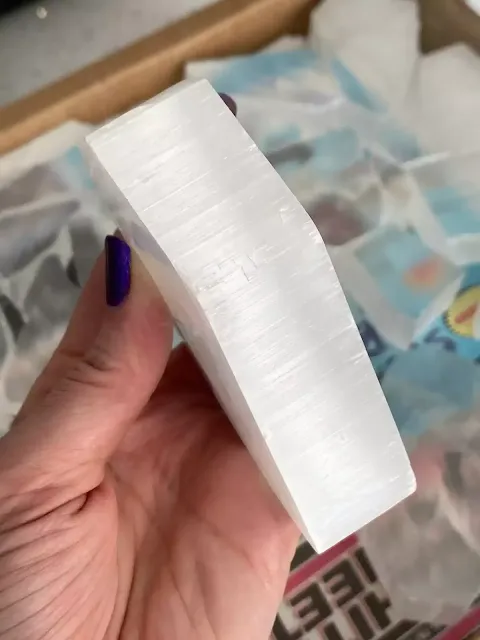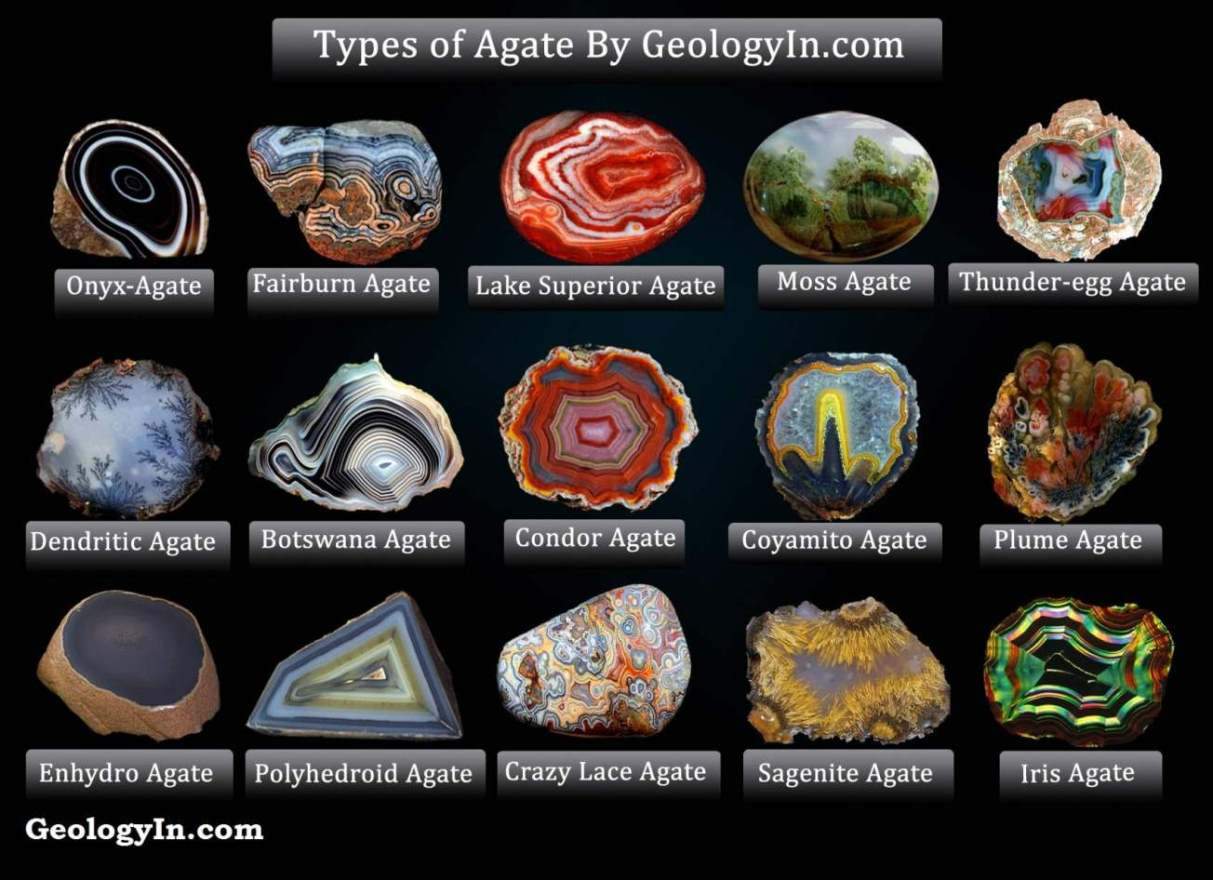Ulexite: The "TV Rock" That Can Project Images
Ulexite, also known as TV rock or television stone, is a mineral that has the unique property of being able to reflect light in such a way that it appears to be projected onto a screen. This is due to the fact that ulexite is composed of tiny fibers that are aligned in parallel. When light hits these fibers, it is refracted and reflected in all directions, creating the illusion of a projected image.
Ulexite - The "TV Rock"
Ulexite is found in evaporite deposits, which are formed when water evaporates and leaves behind minerals. The most common evaporite deposits are found in desert environments, but ulexite can also be found in other types of deposits, such as hot springs and fumaroles.
The largest known ulexite deposit is located in Death Valley, California. This deposit is estimated to be over 100 million tons in size. Ulexite is also found in other parts of the world, including Chile, Argentina, Bolivia, Turkey, and Russia.
In addition to its unique optical properties, ulexite is also a valuable source of boron. Boron is a chemical element that is used in a wide variety of industrial applications, including glassmaking, ceramics, and fertilizers.
 |
| Natural Ulexite Photos: AmazingCrystals on Etsy |
Why Ulexite is called "TV rock"?
Ulexite is called TV rock because it has the ability to transmit light through its fibers by internal reflection. This means that if you place an object on one side of a piece of ulexite, you can see a reversed image of the object on the other side. This property is similar to the way that light is transmitted through optical fibers, which are used in telecommunications and other applications.
The name "TV rock" came about because the first ulexite specimens that were brought to the United States in the early 1900s were thought to be synthetic fibers that were used in early television sets. However, it was later determined that these specimens were actually natural ulexite.
Properties of Ulexite
Chemical Formula: NaCaB5O6(OH)6·5H2O
Color: Colorless, white, sometimes gray with included clays
Transparency: Transparent to translucent
Luster: Ulexite exhibits Vitreous (glassy) on individual crystals, silky or satiny on massive forms
Crystal System: Triclinic
Streak: White
Hardness: Ulexite has a Mohs hardness of 2.5 (can be scratched by fingernail)
Cleavage: Ulexite has perfect cleavage in one direction. Perfect on {010}, good on {110}, poor on {110}
Fracture: Uneven across fibers
Habits and Forms: Ulexite commonly occurs in fibrous masses or as acicular crystals. It can also form nodular or globular aggregates. Fibrous, massive, nodular, rounded, lens-like aggregates
Density: 1.955 g/cm³
Specific Gravity: 1.96
Solubility: Slightly soluble in water, more soluble in hot water
Magnetism: Ulexite is not magnetic.
Fluorescence: Short UV: weak yellow-white; Long UV: weak yellow-white
Pleochroism: Weak to absent
Refractive Index: The refractive index of ulexite is relatively low, contributing to its fiberoptic properties. The exact values may vary, but they are birefringence, biaxial positive, nα = 1.510, nβ = 1.532, nγ = 1.542
Inclusions: Can contain clay minerals, iron oxides, and other impurities
Additional Properties:
Fibrous Optical Transmission: Some rare ulexite crystals exhibit fiber optic properties, allowing light to bend and transmit images.
Luminescence: Some ulexite exhibits weak fluorescence and phosphorescence under ultraviolet light.
Melting Point: Approximately 1000°C
Associated Minerals are borax, colemanite, hydroboracite and other borate minerals.
Other Characteristics: similar borate minerals have an alkaline taste, while ulexite is tasteless.
Notable Occurrences include several localities in California and Nevada, USA; Tarapaca, Chile and Kazakhstan.
Best Field Indicators are crystal habit, associations, locality, density, unique optical property, and hardness.
 |
| Ulexite |
Uses and Applications of Ulexite
Ulexite is primarily known for its unique optical properties, and while it doesn't have widespread industrial applications, it does find some niche uses and has been studied for potential applications. Here are some of the uses and applications of ulexite:
Glassmaking: Ulexite acts as a flux in glass production, lowering the melting point of other ingredients and preventing crystallization. This leads to smoother, clearer glass.
Ceramics: Ulexite strengthens and enhances the heat resistance of ceramic materials.
Optical Demonstrations: The most well-known application of ulexite is its use in optical demonstrations and educational settings. Its fibrous structure allows it to transmit light along its fibers, creating a fiber optic effect. This property makes it a popular mineral for teaching optics concepts in classrooms and science exhibits.
Magnifying Devices: Ulexite's fibrous structure has been considered for use in magnifying devices. Due to its ability to transmit light and create magnified images, researchers have explored its potential application in optical systems, although it has not been widely adopted for this purpose.
Boron Compounds: Extracted boron from ulexite finds use in diverse industries:
- Agriculture: As a micronutrient in fertilizers, promoting plant growth and health.
- Medicine: In pharmaceuticals and medical imaging contrast agents.
- Manufacturing: For fiberglass, fire retardants, and neutron-absorbing materials in nuclear applications.
Pulp and Paper Industry: A by-product from processing ulexite, calcium carbonate, serves as a filler and coating agent, improving paper printability.
Art and Jewelry: Some artisans and jewelry makers incorporate ulexite into their creations due to its optical properties. It can be cut and polished into cabochons, allowing the fiber optic effect to be showcased in various artistic designs.
Ulexite, with its captivating optical properties and unique crystal structure, stands as a testament to the wonders that Earth's minerals can offer. Beyond its aesthetic charm, ulexite's role in education and artistic expression ensures its place as a cherished and intriguing member of the mineral kingdom. As we continue to explore the depths of our planet, minerals like ulexite remind us of the beauty and complexity hidden within the Earth's crust.


%20(1).webp)






